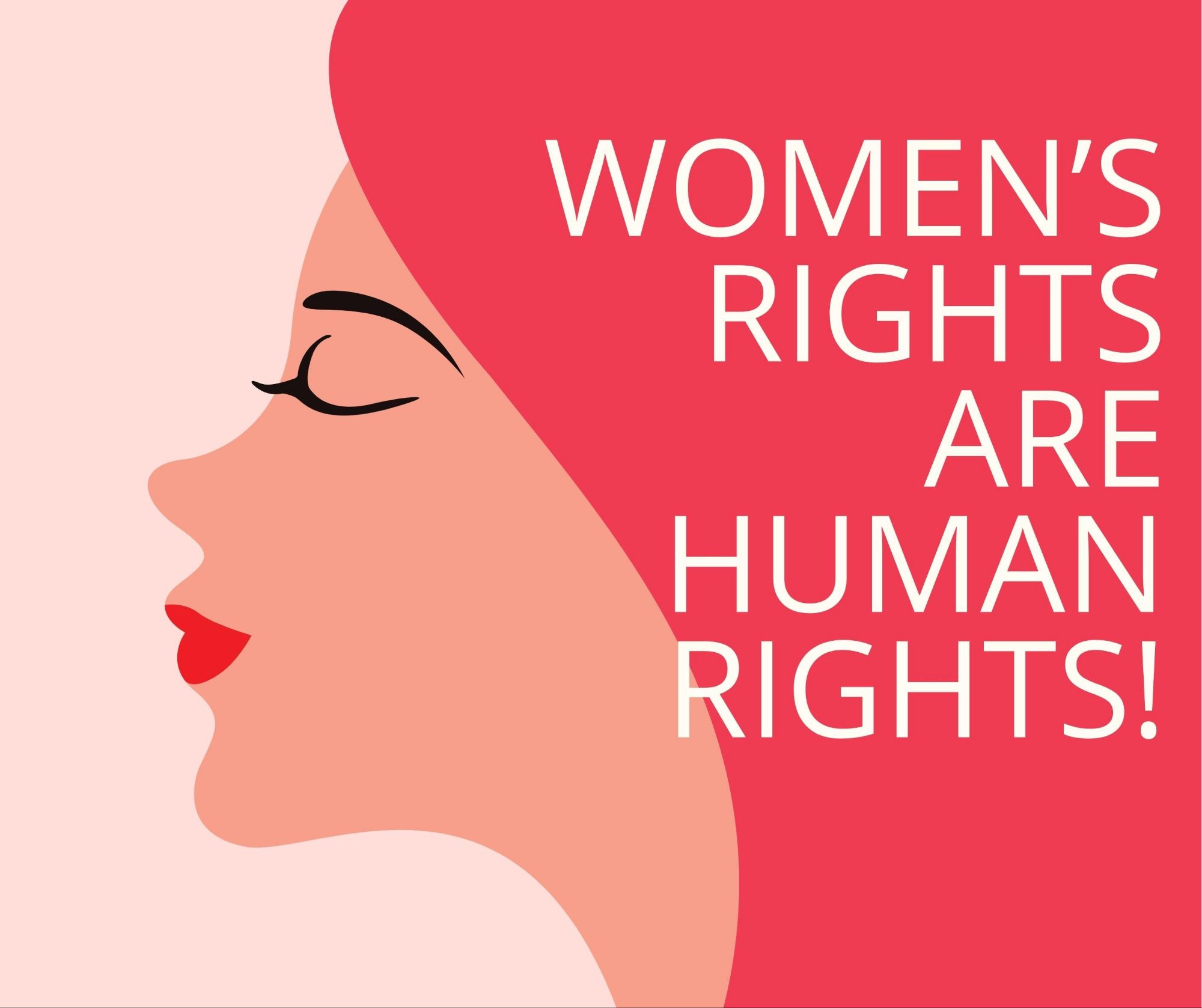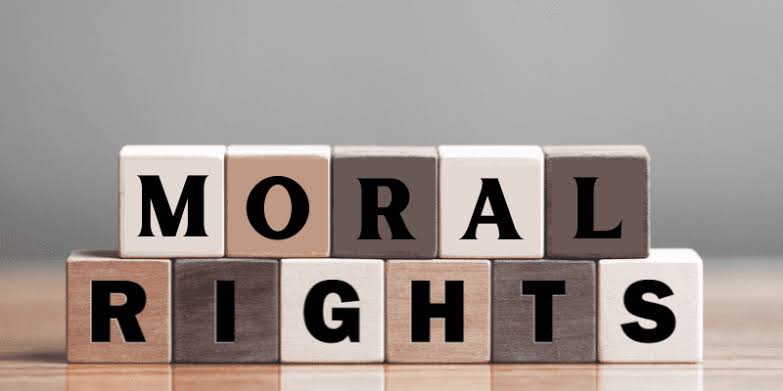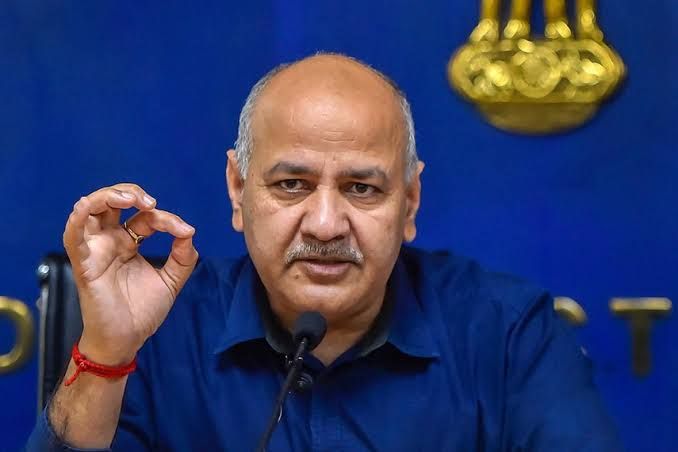Author: Ishanvi Tiwari, Bennett University
We are all entitled to human rights. These incorporate the correct to live free from Savagery and segregation; to appreciate the most noteworthy feasible standard of physical and mental wellbeing; to be taught; to possess to vote; and to gain a break even with wage.
But over the globe numerous ladies and young ladies still confront separation on the premise of sex and sex. Sex imbalance supports numerous issues which excessively influence ladies and young ladies, such as residential and sexual savagery, lower pay, need of get to instruction, and insufficient healthcare.
For numerous a long-time women’s rights developments have battled difficult to address this imbalance, campaigning to alter laws or taking to the boulevards to request their rights are regarded. And new developments have prospered within the computerized age, such as #Me Too campaign which highlights the predominance of gender- based savagery and sexual badgering.
Through investigate, backing and campaigning, Pardon Universal weights the individuals in control to regard women’s rights.
On this page we see at the history of women’s rights, what women’s rights really are, and what Acquittal is doing.
WHAT ARE WE FIGHTING FOR?
What do we cruel when we conversation approximately Women’s rights? What are we battling for? Here is fair a few cases of the rights which activists all through the centuries and now a days have been battling for:
Women’s Suffrage
Amid the 19th and early 20th centuries individuals started to shake for the correct of ladies to vote. In 1893 Modern Zealand got to be the primary nation to allow ladies the correct to vote on a national level. This development developed to spread all around the world, and thanks to the endeavours of everybody included in this battle, now a days women’s suffrage may be a right beneath the Tradition of the End of All Shapes of Segregation Against Ladies (1979).
In any case, in spite of these improvements these improvements there are still numerous places around the world where it is exceptionally troublesome for ladies to work out this right. Take Syria for case, where women have been successfully cut off from political engagement cut off from political engagement, counting the progressing peace handle.
In Pakistan, in spite of the fact that voting could be a constitutional right, in a few regions ladies have been viably disallowed from voting due to effective figures in their communities utilizing patriarchal nearby traditions to bar them from aiming to the surveys.
And in Afghanistan, Specialists as of late chosen to present obligatory photo screening at surveying stations, making voting tricky for ladies in preservationist zones, where most ladies cover their faces in open.
Absolution Universal Campaigns for all ladies to be able to successfully take part within the political prepare.
Sexual and Reproductive Rights
Everyone should be able to make decisions about their own bodies. Every woman and girl have sexual and reproductive rights. This means they have the right to access health services such as birth control and safe abortion, to choose whether, when and with whom to marry, and to decide if they want to have children. When and with whom to marry, and to decide if they want to have children, when and who?
Women must be able to live without fear of gender – based violence, including rape and other forms of violence, female genital mutilation (FGM), forced marriage, abortion, Abortion or abortion. But there is a long way to go before all women have these rights. For example, many women and girls around the world do not have access to safe and legal abortion. In many countries, people who want or need to terminate a pregnancy are forced to make an impossible choice:
They risk death and go to prison. In Argentina, Amnesty International and former human rights defenders lobbied to change the country’s abortion laws. Much progress has been made, but women and girls are still hampered by laws that prevent them from making choices about their bodies. We have also run successful campaigns in Ireland and Northern Ireland, where abortion was abolished after decades of lobbying by Amnesty International and other rights groups. In Poland along with more than 200 human and women’s rights organizations from across the globe, Amnesty has co-signed a joint statement protesting the ‘Stop Abortion’ bill. South Korea has recently seen major advances in sexual and reproductive rights after many years of campaigning by Amnesty and other groups, culminating in a ruling by south Korea’s constitution court that orders the government to decriminalise abortion in the country and reform the country’s highly restrictive abortion laws by the end of 2020. In Burkina Faso, Amnesty International has supported women and girls in their fight against forced marriage, which affects a huge number of girls especially in rural areas. And in Sierra Leone, Amnesty International has been working with local communities as part of our Human Rights Education Programme, which focuses on a number of human rights issues, including female genital mutilation. In Zimbabwe, we found that women and girls were left vulnerable to unwanted pregnancies and a higher risk of HIV infection because of widespread confusion around sexual consent and access to sexual health services. This means that girls face discrimination, the risk of child marriage, economic problems and barriers to education. In Jordan, Amnesty International urged the authorities to end cooperation with the male -dominated Qayamat system that controls women’s lives and restricts their autonomy, including arresting women who are accused of leaving home without permission and restricts their autonomy, including arresting women who are accused of leaving home without permission and having sex outside of marriage Drive them in the “humble wife’’ test.
Flexibility of Development
Opportunity of development is the proper to move around openly as we it would be ideal if you – not fair inside the nation we live in, but moreover to visit others. But numerous ladies confront genuine challenges when it comes to this.
They may not be permitted to have their own passports, or they might ought to look for authorization from a male gatekeeper in arrange to travel.
For case, as of late in Saudi Arabia there has been a fruitful campaign to permit ladies to drive, which had already been prohibited for numerous decades. But in spite of this point of interest pick up, the specialists proceed to mistreat and keep numerous women’s rights activists, essentially for gently supporting for their rights.
CONCLUSION
In conclusion, the statement “Women’s rights are human rights’’ underscores the essential and universal nature of gender equality. It reaffirms that the rights, freedoms, and dignity of women are integral to the broader human rights framework. Advancing women’s rights is not just about fairness or social justice but also about ensuring that women, like men, can fully participate in political, economic, and social life without discrimination or violence.
Recognizing women’s rights as human rights challenges oppressive systems, empowers communities, and contributes to the development of more just and equitable societies.
By addressing issues such as gender -based violence, economic inequality, access to education, and healthcare, we create a world where all individuals, regardless of gender, have the opportunity to thrive. The fight for women’s rights is a fight for humanity, as societies cannot truly progress when half of their population is marginalized or oppressed. Ultimately, the pursuit of women’s rights is a necessary and transformative step toward realizing the universal ideals of freedom, equality, and justice for all people.
FAQS
Q1. What does “Women Rights Are Human Rights” mean?
The Phrase highlights that Women’s rights, including their rights to equality, freedom from violence, access to education, and economic opportunity, are an integral part of the broader human rights framework. It asserts that denying women these rights is a violation of human dignity.
Q2. Who first popularized this phrase?
The phrase “Women’s Rights are Human Rights” was popularised by Hilary Clinton in her 1995 speech at the United Nations Fourth World Conference on women in Beijing. It has since become a rallying cry for gender equality around the world.
Q3. Why it is important to emphasise that Women’s rights are Human Rights?
Emphasising that women’s rights are of human rights highlights the universality of human rights highlights the universality of human rights. It also focusses attention on the fact that women have historically been denied equal rights, and they still face discrimination, violence and oppression in many parts of the world.
Question 4. What are some key areas where women’s rights are still violated?
Some key areas include:
-Gender based violence
– Reproductive Rights
-Economic Inequality
-Access to education
-Political Participation
Question 5. How do women’s rights issues intersect with other human rights issues?
Women’s rights intersect with various other human issues such as racial justice, LGBTQ+ rights, economic inequality, and access to healthcare. For Example, women from marginalized racial or ethnic groups may face compounded discrimination. Ensuring women’s rights contributes to a more equitable society overall.
Question 6. What role does international law play in protecting women’s rights?
International laws, such as the Convention on the Elimination of All Forms of Discrimination Against Women (CEDAW), and human rights declarations (like the Universal Declaration of Human Rights) provide frameworks for the protection of women’s rights globally. However, enforcement varies by country.
7. *How can individuals support women’s rights? *
Individuals can support women’s rights by:
– Advocating for gender equality policies in their communities and workplaces.
– Supporting organizations that fight for women’s rights.
– Educating themselves and others about gender-based discrimination and biases.
– Standing against gender-based violence, harassment, and discrimination.
8. *What are some key challenges to achieving full women’s rights globally? *
Some challenges include:
– Persistent cultural norms and stereotypes that perpetuate gender inequality.
– Legal systems that fail to adequately protect women.
– Economic and educational barriers that limit women’s opportunities.
– Widespread gender-based violence.
9. Are men’s rights undermined by women’s rights?
NO. Women’s rights aim to establish equality, not superiority. Advocating for women’s rights ensures that everyone, regardless of gender, can live in a fair and just society. Gender equality benefits all, including men, by challenging restrictive norms that also affect them.
10. What is the connection between women’s rights and sustainable development?
Women’s rights are central to sustainable development. The empowerment of women, particularly through education, healthcare, and economic participation, leads to more stable and prosperous societies. The United Nations’ Sustainable Development Goal (SDG) 5 explicitly focuses on gender equality as a means to achieve sustainable development worldwide.
11. How has the feminist movement contributed to the recognition of women’s rights as human rights?
The feminist movement has played a crucial role in raising awareness about gender inequality and advocating for reforms in areas such as voting rights, reproductive rights, equal pay and protection from violence. It has been instrumental in placing women’s rights issues at the forefront of global human rights agendas.
12. What are the main obstacles to achieving gender equality today?
Some of the main obstacles include:
-Patriarchal norms that enforce traditional gender roles.
– Gender based violence and lack of legal protection for victims.
– Economic disparities and unequal access to employment opportunities.
– Lack of political representation for women in decision- making processes.
These FAQs serve to clarify and inform about the ongoing struggle for women’s rights and why it’s essential to view them as an integral part of the global human rights agenda.
Q1. What does “Women Rights Are Human Rights” mean?
The Phrase highlights that Women’s rights, including their rights to equality, freedom from violence, access to education, and economic opportunity, are an integral part of the broader human rights framework. It asserts that denying women these rights is a violation of human dignity.
Q2. Who first popularized this phrase?
The phrase “Women’s Rights are Human Rights” was popularised by Hilary Clinton in her 1995 speech at the United Nations Fourth World Conference on women in Beijing. It has since become a rallying cry for gender equality around the world.
Q3. Why it is important to emphasise that Women’s rights are Human Rights?
Emphasising that women’s rights are of human rights highlights the universality of human rights highlights the universality of human rights. It also focusses attention on the fact that women have historically been denied equal rights, and they still face discrimination, violence and oppression in many parts of the world.
Question 4. What are some key areas where women’s rights are still violated?
Some key areas include:
-Gender based violence
– Reproductive Rights
-Economic Inequality
-Access to education
-Political Participation
Question 5. How do women’s rights issues intersect with other human rights issues?
Women’s rights intersect with various other human issues such as racial justice, LGBTQ+ rights, economic inequality, and access to healthcare. For Example, women from marginalized racial or ethnic groups may face compounded discrimination. Ensuring women’s rights contributes to a more equitable society overall.
Question 6. What role does international law play in protecting women’s rights?
International laws, such as the Convention on the Elimination of All Forms of Discrimination Against Women (CEDAW), and human rights declarations (like the Universal Declaration of Human Rights) provide frameworks for the protection of women’s rights globally. However, enforcement varies by country.
7. *How can individuals support women’s rights? *
Individuals can support women’s rights by:
– Advocating for gender equality policies in their communities and workplaces.
– Supporting organizations that fight for women’s rights.
– Educating themselves and others about gender-based discrimination and biases.
– Standing against gender-based violence, harassment, and discrimination.
8. *What are some key challenges to achieving full women’s rights globally? *
Some challenges include:
– Persistent cultural norms and stereotypes that perpetuate gender inequality.
– Legal systems that fail to adequately protect women.
– Economic and educational barriers that limit women’s opportunities.
– Widespread gender-based violence.
9. Are men’s rights undermined by women’s rights?
NO. Women’s rights aim to establish equality, not superiority. Advocating for women’s rights ensures that everyone, regardless of gender, can live in a fair and just society. Gender equality benefits all, including men, by challenging restrictive norms that also affect them.
10. What is the connection between women’s rights and sustainable development?
Women’s rights are central to sustainable development. The empowerment of women, particularly through education, healthcare, and economic participation, leads to more stable and prosperous societies. The United Nations’ Sustainable Development Goal (SDG) 5 explicitly focuses on gender equality as a means to achieve sustainable development worldwide.
11. How has the feminist movement contributed to the recognition of women’s rights as human rights?
The feminist movement has played a crucial role in raising awareness about gender inequality and advocating for reforms in areas such as voting rights, reproductive rights, equal pay and protection from violence. It has been instrumental in placing women’s rights issues at the forefront of global human rights agendas.
12. What are the main obstacles to achieving gender equality today?
Some of the main obstacles include:
-Patriarchal norms that enforce traditional gender roles.
– Gender based violence and lack of legal protection for victims.
– Economic disparities and unequal access to employment opportunities.
– Lack of political representation for women in decision- making processes.
These FAQs serve to clarify and inform about the ongoing struggle for women’s rights and why it’s essential to view them as an integral part of the global human rights agenda.





